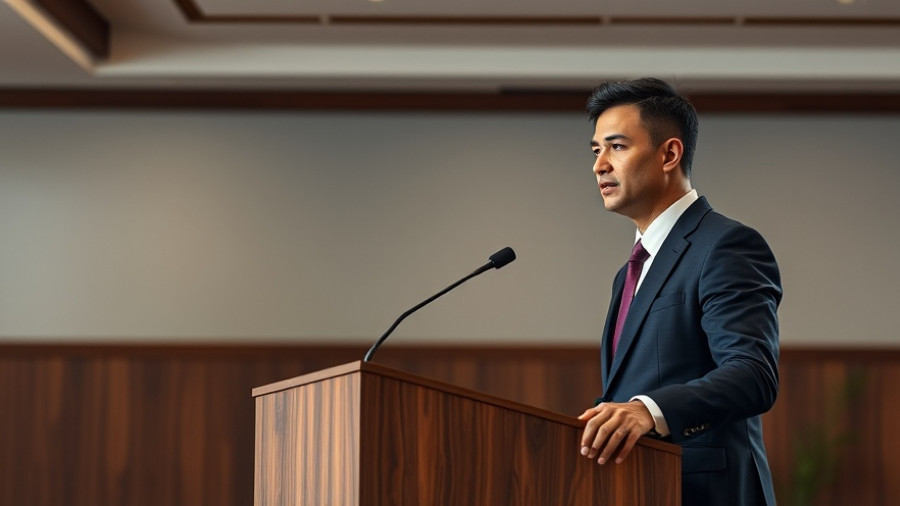
States Compete for $50 Billion Rural Health Fund Amidst Medicaid Cuts
In a race largely spurred by anticipated Medicaid cuts of $137 billion over the next decade, states across the nation are positioning themselves to secure a crucial share of a new $50 billion rural health fund established under President Trump’s healthcare reforms. The fund comes at a critical time as many rural hospitals face financial ruin due to drastic funding reductions driven by recent legislation.
A New Framework for Rural Health
Abe Sutton, director of the Centers for Medicare & Medicaid Services Innovation Center, emphasizes a shift from merely serving as a financial backfill for existing services to a transformative approach to rural healthcare delivery. States are encouraged to submit proposals aimed at reshaping healthcare rather than merely supporting traditional hospital budgets. This aligns with the CMS's objectives to integrate innovations like remote care services and AI technologies into rural healthcare.
The Tension Between Old and New Models
The competition for the rural health fund is marked by tension between traditional healthcare providers and emerging tech-focused companies. While some express concern that the fund might favor urban over rural healthcare initiatives, others argue that technology-driven strategies are essential for future sustainability. For instance, startups like Homeward Health are optimistic about using technology to connect rural patients with needed services.
Potential Challenges and Opportunities
One of the critical challenges remains the distribution of funds. Half of the $50 billion will be distributed equally amongst states with approved applications, while the remaining portion will be allocated based on scoring criteria reflective of the Trump administration's goals, raising concerns about equity and transparency in funding distribution.
Next Steps for States
With application deadlines approaching, states are feverishly organizing stakeholder groups to ensure comprehensive plans are presented by November 5. Amidst this high-stakes competition, rural healthcare providers are hopeful yet anxious about how these funds will effectively impact their operational viability in the long term. As the clock ticks down, the emphasis remains on creative problem-solving to secure a healthier future for rural Americans.
 Add Row
Add Row  Add
Add 




Write A Comment